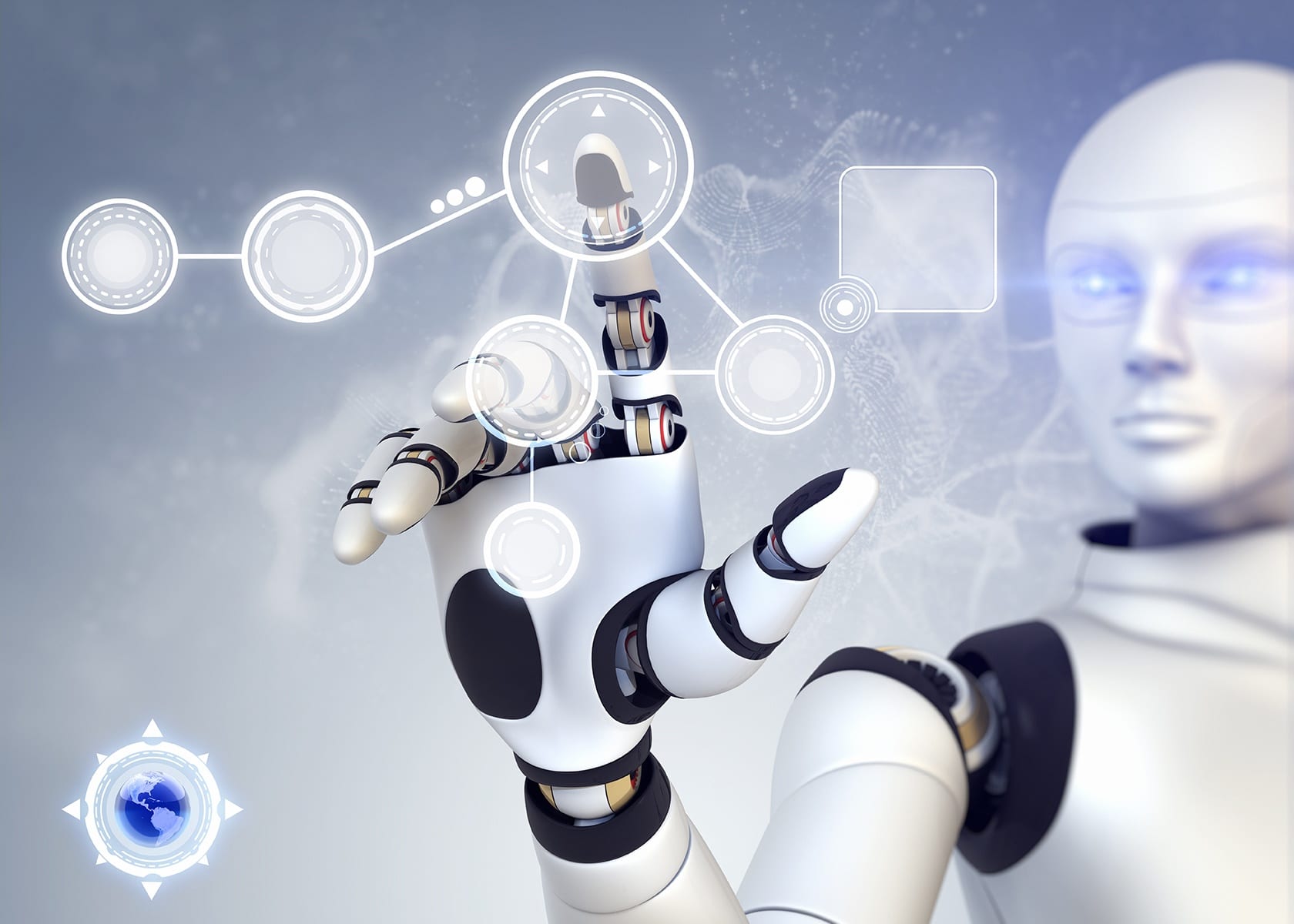AI and the Future of Call Centers
Artificial intelligence, or AI, isn’t just science fiction anymore.
To the everyday Luddite, a ruthless, muscled super-robot from the future is the beginning and end of all AI. To the savvy businessperson, it’s a path and a process to re-imagine the future. To Elon Musk, it can be either.
For years now, everything from medical technology to banking has upped its game with the use of AI. Also known as machine learning and amplified intelligence, AI is poised to radically change how almost everything gets done.
If you work in an industry that provides excellent customer service through fast, reliable communication, it can revolutionize that communication. Here is a look at AI and the future of call centers.
What a Girl Wants…is Omni
Customers want a quick resolution to their questions, concerns and problems via their preferred channel. If that doesn’t happen, they’ll take their business elsewhere, and most of them—95% according to a recent survey—will tell others of their dissatisfaction. The net result? Bad customer service costs businesses in the United States $41 billion a year.
Thankfully, neither of those numbers has to apply to you.
The omnichannel platform was invented to keep your customer service on the rails by satisfying your customers’ diverse channel desires. Of course, more channels for interaction ups the ante when meeting customers’ expectations. How do you resolve issues well when you’re interacting with customers over Twitter, chat and email?
The Omnichannel Platform Gets Omni-er
Voice, social media, mobile apps, chat, even video—today’s customers want to reach you now and by any means possible. While the speed of your response is tantamount, it must also be right. That last piece of the puzzle is where AI comes into play.
In the past, call centers routed calls to the first-available agent (FIFO—first in, first out). Then, they offered skills-based routing (SBR) so specific customer needs could be met by the agent best able to handle the job.
Now, AI is transforming routing based on much more complex criteria. Personality and behavioral analysis can now match callers, chatters and tweeters with reps with whom they’re more likely to share a rapport.
In other words: Your customers can now interact with the agents they want to interact with, the agent most likely to hear them and put them at ease. You don’t know who that agent is, and neither does your customer.
AI does, however, and it’s just going to get better at it. According to Gartner, by the year 2020, 85% of all customers will manage their experiences with companies and brands without any human interaction at all.
AI as Enterprise Behavior Matching
Enterprise behavior matching (EBM) relies on three different ingredients. First, it utilizes big data to discover more about the customer in question via publicly sourced data. Second, it utilizes data regarding available agents’ personalities and behaviors. Finally, it analyzes the first two in light of the company’s objectives.
While the ways in which AI will transform our lives continues to unfold around us, one truth looks reliably firm. If harnessed correctly and used well, it can end the customer service nightmare plaguing our society—for consumers and for companies alike.
For more information on how to work smarter with business intelligence solutions for the modern call center, check out our Top 10 List When Considering a Cloud-Based Contact Center Solution whitepaper.
